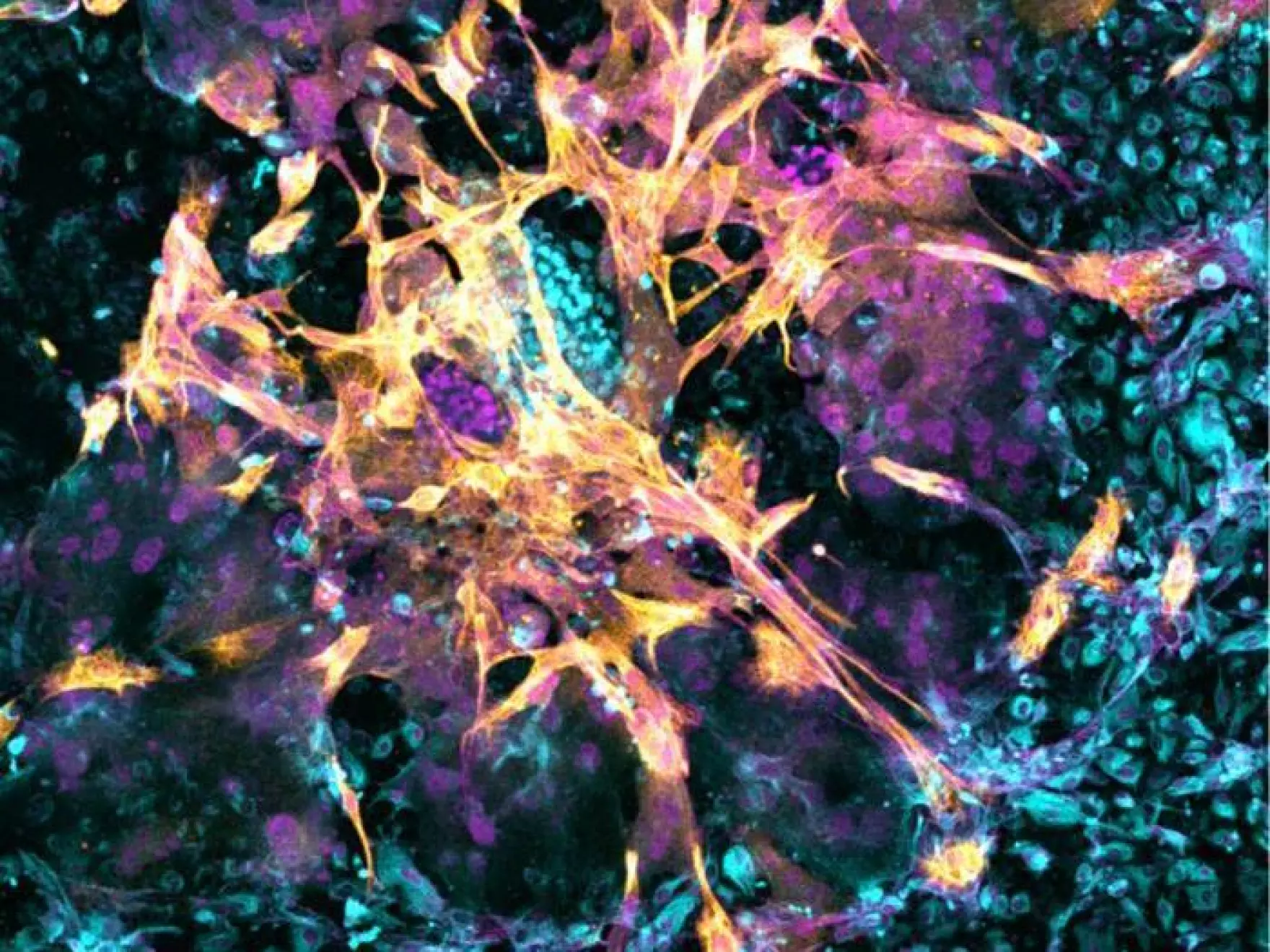When Sound Becomes Stress: The Hidden Toll of Noise Sensitivity
Noise is a normal part of modern life—footsteps above, traffic outside, a neighbor’s vacuum cleaner. For many, these are minor disturbances. But for millions of people around the world, these everyday sounds trigger anxiety, stress, and even physical discomfort. This heightened reactivity is known as noise sensitivity, a condition that affects between 10% and 40% of the population.
Far from being simply an annoyance or a personality trait, noise sensitivity is increasingly recognized as a neurobiological condition with measurable effects on both mental and physical health. Unlike conditions like misophonia or hyperacusis, which are triggered by specific types or volumes of sound, noise sensitivity involves a more generalized reactivity. Sounds that others easily ignore can interrupt concentration, sleep, and emotional stability.
Studies by researchers at institutions like Queen Mary University of London have found a strong link between noise sensitivity and long-term anxiety and depression. In one large-scale study, people exposed to everyday urban sounds—especially traffic—reported a significantly lower quality of life if they were also noise-sensitive. These individuals are more likely to experience sleep disturbances, irritability, and heightened physiological stress responses. It’s not simply that they dislike noise; their brains are reacting to it as if it’s a threat, even when it isn’t.
This overstimulation of the nervous system can keep people in a chronic state of hyperarousal, where the body’s “fight or flight” response is activated. As a result, noise-sensitive individuals may experience elevated blood pressure, rapid heart rate, muscle tension, and difficulty calming down. This makes it harder to focus, sleep, or even socialize comfortably—contributing to a feedback loop of stress and exhaustion that worsens their sensitivity over time.
Inside the Brain of a Noise-Sensitive Person
What makes some people more sensitive to noise than others? Neuroscientific research is beginning to offer answers. Studies conducted at Aarhus University and other leading centers reveal that noise-sensitive individuals may have fundamental differences in how their brains process and filter sound. A key area involved is the medial geniculate nucleus—a relay station for auditory information in the brain. In those with high sensitivity, this region is less effective at sorting out irrelevant or harmless sounds, meaning that even background noise can seem intrusive or urgent.
Brain scans also show that noise-sensitive individuals exhibit greater neural activity when exposed to sounds, regardless of whether the sound is threatening. This suggests that their brains shift into a higher “gear” automatically, leading to emotional and physiological stress responses even during seemingly calm environments. Researchers have also discovered that these individuals often produce fewer sleep spindles—brief bursts of brain activity that help block out external noise during rest. This may explain why even soft sounds at night can severely disrupt sleep for noise-sensitive people.
The origins of this condition are still being studied. Some researchers believe that noise sensitivity is partially genetic. A twin study from Finland found that hereditary factors likely play a role. At the same time, prolonged exposure to noisy environments can increase sensitivity over time, especially for individuals with existing conditions like anxiety, autism, or PTSD. In other cases, traumatic brain injuries have been known to trigger long-term changes in how the brain processes sound.
Unlike other conditions, noise sensitivity is not officially classified as a medical diagnosis. However, tools such as the Weinstein Noise Sensitivity Scale offer a way for individuals to assess their reactivity. This 21-question test evaluates how much a person is bothered by sounds in various settings—from whispering in theaters to footsteps in hallways. A high score doesn’t mean there’s something “wrong” with someone; it indicates that their brain reacts differently, and those reactions are valid and worthy of accommodation.
Coping with Sound in an Overstimulating World
For those who live with noise sensitivity, managing daily life can be challenging—but not impossible. While avoiding noise entirely is rarely realistic, several strategies can help reduce the burden. Behavioral therapies, particularly cognitive behavioral therapy (CBT), have shown promise in helping individuals reframe their emotional reactions to noise. According to the American Psychological Association, CBT is especially helpful when noise is associated with anxiety or trauma. It teaches individuals to challenge catastrophic thoughts about sound and develop coping mechanisms that lessen emotional responses.
Other promising approaches include music therapy and art therapy. Music therapy, when guided by a trained specialist, can help noise-sensitive individuals gradually build positive associations with sound. Baroque or Renaissance music played softly on instruments like harp or piano is often recommended, as it’s both calming and minimally stimulating. When even gentle music feels intrusive, art therapy can offer a non-auditory outlet for processing emotions and regaining a sense of control.
Technology also plays a role. Noise-canceling headphones, earplugs, and white noise machines are common tools used to create more tolerable environments. However, these tools often only reduce—not eliminate—background sounds. For those living in urban areas, home modifications such as soundproof curtains, insulation panels, or window sealing kits can make a significant difference.
Ultimately, systemic change is needed. Urban planners and public health experts are beginning to recognize noise pollution as a legitimate health risk. Some cities in Europe, such as Brussels and Paris, have begun implementing quieter infrastructure—including rubberized road surfaces, sound barriers, and reduced speed zones in residential areas. While these policies are still in their early stages, they demonstrate a growing awareness that silence is not a luxury—it’s a public health necessity.
In the meantime, those affected by noise sensitivity must find their own path to peace. Whether it’s through therapy, lifestyle adjustments, or better public advocacy, recognizing the condition as real and valid is the first step toward living well in a world that often feels too loud.







